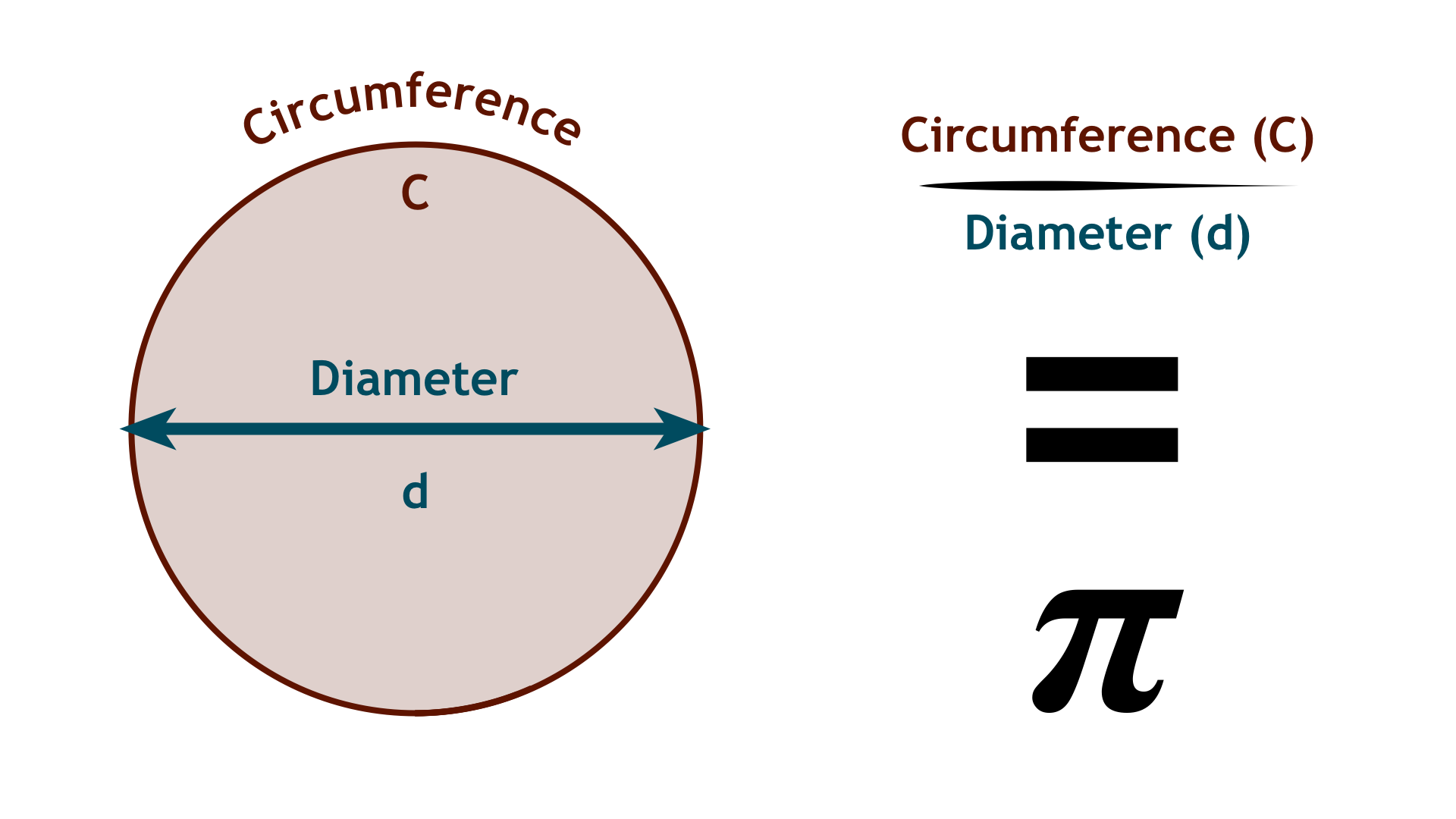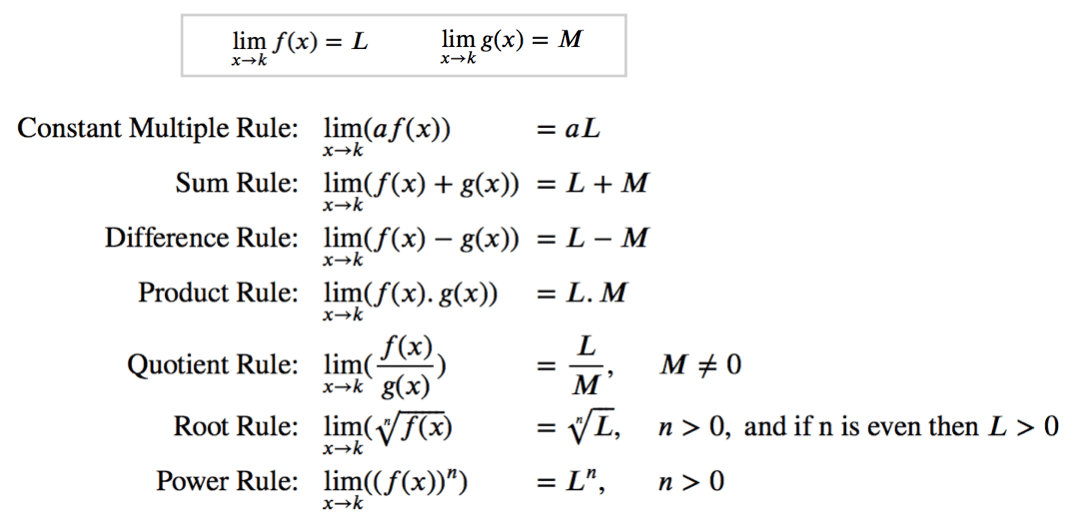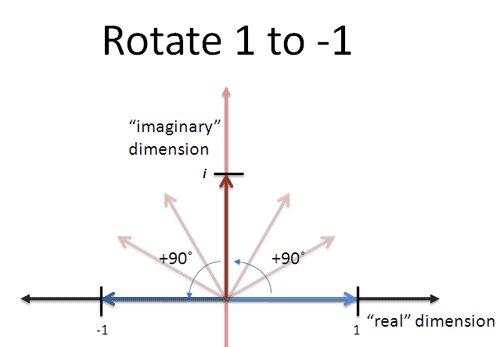The story of the most important “nothing” in history.
A World Without Zero: How Ancient Romans Struggled with Calculations
Zero is so fundamental to modern mathematics that it’s hard to imagine a world without it. Yet for most of human history, civilization flourished without this crucial concept. The ancient Romans, whose empire dominated the Mediterranean world for centuries, managed engineering marvels like the Colosseum and Pantheon without ever conceiving of zero as a number. Their mathematical system reveals just how limiting the absence of zero could be.
The Roman numeral system (I, V, X, L, C, D, M) was well-suited for recording quantities and marking monuments, but it was cumbersome for arithmetic operations. Without zero, Romans couldn’t easily perform multiplication or division, especially with large numbers. Adding numbers like MCMXCIV (1994) and MMXXIII (2023) requires converting to Arabic numerals, performing the addition, and converting back—a process that demonstrates the mathematical inefficiency of systems without zero.
Roman merchants and engineers used counting boards (similar to abacuses) for complex calculations, essentially outsourcing computation to a physical device rather than using symbolic arithmetic. This approach worked for practical purposes but limited mathematical abstraction and prevented the development of algebra. The absence of zero meant that negative numbers couldn’t be properly conceptualized or manipulated.
The mathematical limitations of a zero-less system become apparent when considering place value. Without zero as a placeholder, it’s impossible to distinguish between 105 (one hundred and five) and 15 (fifteen) in a positional system. The Romans’ additive system (where IV means one less than five) could represent numbers but couldn’t support the mathematical operations that positional notation enables.
Ancient Greek mathematicians, despite their geometric sophistication, also struggled with the concept of zero. They could prove theorems about numbers but lacked the symbolic framework to represent nothingness mathematically. This limitation hindered their ability to develop algebra and prevented them from discovering concepts like negative numbers or the coordinate plane that would later revolutionize mathematics.
The Babylonians developed one of the first placeholder symbols for zero around 300 BCE, but they never conceived of it as a number in its own right. Their placeholder was merely a spacing convention to distinguish between 203 and 23, preventing mathematical operations involving zero. This partial understanding of zero’s function shows the conceptual leap required to see nothingness as a mathematical entity.
Medieval European mathematicians inherited the Roman disdain for zero from ancient Greek sources. The concept was considered dangerous or even heretical by some religious authorities who associated it with nothingness or the void, challenging theological concepts of creation. This mathematical and philosophical resistance delayed the adoption of zero in Europe for centuries.
The practical consequences of a zero-less mathematics were significant. Without zero, it was nearly impossible to develop accurate astronomical calculations, which limited navigation and calendar systems. Complex financial instruments couldn’t be developed, constraining economic growth. Engineering projects relied more on empirical knowledge than mathematical calculation, limiting innovation.
Even simple mathematical concepts become problematic without zero. Subtraction works differently when you can’t subtract a larger number from a smaller one. The equation 5 – 7 has no solution in Roman numerals, whereas in a system with zero and negative numbers, the answer is -2. This limitation prevented mathematical abstraction and the development of more advanced concepts.
The absence of zero also meant that the concept of infinity couldn’t be properly explored. Zero and infinity are mathematical duals in many contexts—one represents nothingness, the other represents endlessness. Without zero, mathematicians couldn’t develop the rigorous understanding of infinity that would later enable calculus and modern physics.
Historical records show that merchants often made calculation errors that we would consider elementary today. Without zero, checking arithmetic was difficult, and mathematical proofs were nearly impossible to write. The lack of zero prevented the development of mathematical notation that could express complex relationships clearly and concisely.
The Roman experience demonstrates that civilization can function without zero, but it also shows how mathematical limitations can constrain intellectual and technological development. The eventual adoption of zero from Indian mathematicians via Arab scholars would revolutionize European mathematics and enable the scientific revolution that followed.
The Power of Place Value: How Zero Revolutionized Our Number System
The introduction of zero as both a placeholder and a number transformed mathematics by enabling the positional number system we use today. This revolutionary concept, developed in India around the 5th century CE, allowed numbers to be represented efficiently and arithmetic operations to be performed systematically. The power of place value with zero as a placeholder cannot be overstated—it’s the foundation of modern mathematics and computing.
In a positional number system, the value of a digit depends on its position within the number. In the decimal system, each position represents a power of ten: units (10⁰), tens (10¹), hundreds (10²), thousands (10³), and so on. The number 3,042 means 3 thousands (3×10³) + 0 hundreds (0×10²) + 4 tens (4×10¹) + 2 units (2×10⁰). Without zero as a placeholder, distinguishing between 3042, 342, 3402, and 30042 would be impossible.
Before zero, number systems were additive rather than positional. Roman numerals (MCMXCIV) require memorizing symbol values and addition rules but don’t support easy arithmetic. The positional system with zero allows any number to be represented with just ten symbols (0-9), making mathematical operations algorithmic rather than requiring specialized techniques for each calculation.
The mathematical efficiency of positional notation becomes clear when performing multiplication. Multiplying 123 by 456 in Roman numerals would be extremely cumbersome, but in positional notation, it’s a systematic process of multiplying digits and adding results with appropriate shifts. Each digit multiplication is a single operation from the 10×10 multiplication table, and the positional system handles the powers of ten automatically.
Division benefits even more dramatically from positional notation. Long division, which seems elementary to us, was nearly impossible in Roman numerals. The positional system allows division to be performed as a series of single-digit operations with systematic carrying and borrowing. This mathematical efficiency enabled the development of more complex algorithms and computational techniques.
The concept of zero as a placeholder also enables the representation of decimal fractions. Numbers like 3.14159 can be understood as 3 + 1×10⁻¹ + 4×10⁻² + 1×10⁻³ + 5×10⁻⁴ + 9×10⁻⁵. Without zero, representing and manipulating decimal fractions would be extremely difficult, limiting the development of fields like engineering, physics, and finance that require precise calculations.
Scientific notation, essential for expressing very large or very small numbers, relies entirely on the positional system with zero. The speed of light (299,792,458 m/s) can be written compactly as 2.99792458×10⁸ m/s. This mathematical notation would be impossible without zero and positional representation, making modern science and engineering much more difficult.
The binary number system used by computers is a direct application of positional notation with zero. In binary, each position represents a power of two, and only two symbols (0 and 1) are needed. The number 13 in binary is 1101, meaning 1×2³ + 1×2² + 0×2¹ + 1×2⁰ = 8 + 4 + 0 + 1 = 13. Without zero, digital computing would be impossible.
Polynomial notation in algebra depends on positional concepts extended to variables. The polynomial 3x³ + 0x² + 4x + 2 clearly shows the coefficient of each power of x, with zero explicitly indicating the absence of an x² term. This mathematical clarity enables algebraic manipulation and the development of more advanced mathematical concepts.
The mathematical concept of significant figures in measurement science relies on zero’s positional role. The numbers 100 and 100.0 convey different precision information because of the positional meaning of zeros. Without zero as a placeholder, communicating measurement precision would be much more difficult.
Zero’s role in positional notation also enables the mathematical concept of orders of magnitude. Scientists can easily compare 10³ and 10⁷ because the positional system makes exponential relationships clear. This mathematical tool is essential for understanding scale in physics, astronomy, and biology.
The introduction of zero and positional notation also simplified mathematical education. Children could learn arithmetic through systematic algorithms rather than memorizing special cases. This mathematical democratization made numerical literacy more accessible and enabled broader participation in mathematical and scientific endeavors.
The positional system with zero ultimately enabled the mathematical abstraction necessary for higher mathematics. Concepts like functions, calculus, and abstract algebra depend on the clear, systematic representation that positional notation provides. Zero’s role as both placeholder and number was essential for this mathematical evolution.
The Trouble with Zero: A Simple Explanation for Why We Can’t Divide by It
One of the most fundamental rules in mathematics is that you cannot divide by zero. This prohibition seems arbitrary to many students, but it’s actually a necessary consequence of the mathematical structure that makes arithmetic consistent and meaningful. Understanding why division by zero is impossible reveals deep insights about the nature of numbers and mathematical operations.
Division is defined as the inverse operation of multiplication. When we say 12 ÷ 3 = 4, we mean that 4 is the number which, when multiplied by 3, gives 12. In mathematical terms, a ÷ b = c means that c × b = a. This definition works perfectly for all non-zero divisors, but it breaks down when b = 0.
Consider the expression 12 ÷ 0. According to the definition of division, this should equal some number c such that c × 0 = 12. But any number multiplied by zero equals zero, never 12. There is no number c that satisfies this equation, making 12 ÷ 0 undefined in the mathematical system.
The case of 0 ÷ 0 is even more problematic. If 0 ÷ 0 = c, then c × 0 = 0. But this equation is satisfied by every number, since every number multiplied by zero equals zero. This means 0 ÷ 0 could equal any number, which makes it indeterminate rather than undefined. Both cases violate the fundamental principle that mathematical operations should have unique, well-defined results.
From a mathematical perspective, allowing division by zero would break the consistency of arithmetic. If we defined 1 ÷ 0 = ∞ (infinity), we would encounter contradictions. For example, (1 × 2) ÷ 0 should equal 2 × (1 ÷ 0) = 2∞ = ∞, but (1 × 2) ÷ 0 = 2 ÷ 0 should also equal ∞. This seems consistent, but problems arise when we consider that 2 ÷ 0 = (1 + 1) ÷ 0 = 1 ÷ 0 + 1 ÷ 0 = ∞ + ∞ = 2∞. This leads to contradictions in the mathematical system.
Another approach to understanding why division by zero is prohibited involves the concept of limits in calculus. As the denominator in a fraction approaches zero, the value of the fraction grows without bound (approaches infinity) if the numerator is positive and non-zero. However, the limit depends on the direction from which zero is approached. As x approaches 0 from the positive side, 1/x approaches +∞, but as x approaches 0 from the negative side, 1/x approaches -∞. This mathematical ambiguity reinforces the need to prohibit division by zero.
In algebraic structures called fields (which include rational numbers, real numbers, and complex numbers), the axioms specifically exclude zero from having a multiplicative inverse. A field requires that every non-zero element has a multiplicative inverse (a number that when multiplied by the original gives 1), but zero is explicitly excluded from this requirement. This mathematical axiom ensures the consistency of the entire algebraic structure.
Graphically, the function f(x) = 1/x illustrates the mathematical behavior near zero. As x approaches zero from the right, the function values increase toward positive infinity. As x approaches zero from the left, the function values decrease toward negative infinity. At x = 0, the function is undefined, and there’s a vertical asymptote. This visual representation shows why assigning a value to 1/0 would be mathematically inconsistent.
The prohibition against division by zero also has practical implications in computing. Computer programs that attempt to divide by zero typically generate errors or exceptions because the mathematical operation is undefined. This mathematical reality is built into programming languages and computer hardware to prevent logical inconsistencies in calculations.
In matrix algebra, which extends arithmetic to arrays of numbers, the concept of division is replaced by multiplication by an inverse matrix. However, not all matrices have inverses, and the condition for a matrix to be invertible (having a non-zero determinant) directly relates to the prohibition against division by zero in scalar arithmetic. This mathematical connection shows how the zero division rule extends throughout higher mathematics.
Historically, the understanding that division by zero is impossible developed gradually. Early mathematicians who encountered this problem often treated it as a special case or tried to define it in various ways. It wasn’t until the development of rigorous mathematical foundations in the 19th century that the prohibition was fully understood and accepted as necessary for mathematical consistency.
The mathematical prohibition against division by zero also relates to the concept of singularities in physics and engineering. Many physical equations become undefined at certain points, corresponding to division by zero. Rather than indicating a failure of mathematics, these singularities often reveal important physical phenomena or the limits of mathematical models.
In complex analysis, a branch of mathematics dealing with functions of complex numbers, the behavior of functions near points where they become infinite (poles) is a major area of study. These mathematical singularities are closely related to the concept of division by zero and provide deep insights into the nature of mathematical functions.
Understanding why we can’t divide by zero is essential for mathematical literacy. It demonstrates how mathematical rules aren’t arbitrary but are necessary consequences of the logical structure that makes mathematics useful for describing the world. The prohibition against division by zero maintains the consistency and reliability that make mathematical reasoning so powerful.
Conclusion: Celebrating the Number That Made Modern Mathematics Possible
Zero’s journey from a philosophical curiosity to a mathematical necessity illustrates how abstract concepts can revolutionize human understanding and capability. The ancient world struggled with calculations that we now consider elementary because they lacked zero’s power as both a placeholder and a number. The introduction of zero enabled the positional number system that underlies all modern mathematics and computing.
The mathematical implications of zero extend far beyond simple arithmetic. Place value notation with zero as a placeholder made possible the development of algebra, calculus, and all higher mathematics. The prohibition against division by zero maintains the logical consistency that makes mathematical reasoning reliable. Zero’s role in representing negative numbers, decimal fractions, and scientific notation enabled precise measurement and calculation in science and engineering.
Perhaps most remarkably, zero’s influence extends beyond pure mathematics into the structure of modern civilization. Digital computers operate on binary systems that depend entirely on the concept of zero. Financial systems, scientific instruments, communication networks, and transportation systems all rely on mathematical principles that would be impossible without zero. The information age itself is built on mathematical foundations that trace back to this single, revolutionary concept.
Zero also demonstrates how mathematical ideas can bridge cultural and temporal boundaries. Developed in ancient India, transmitted through the Islamic world, and eventually adopted in Europe, zero represents a universal human discovery that transcended political and religious boundaries. Its adoption required overcoming philosophical and religious resistance, showing how intellectual progress sometimes requires challenging established beliefs.
Most importantly, zero reminds us that the most profound mathematical insights often arise from questioning the most basic assumptions. For thousands of years, humans managed without representing nothingness as a number. Only by recognizing that “nothing” was something worth studying mathematically could civilization unlock the mathematical power that drives our modern world. Zero’s story encourages us to continue questioning fundamental concepts and seeking deeper mathematical understanding.



